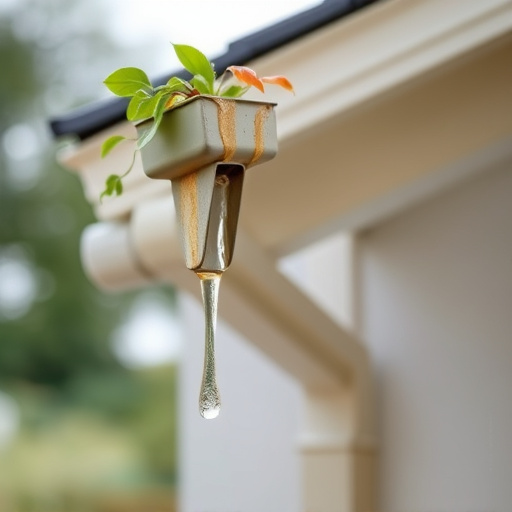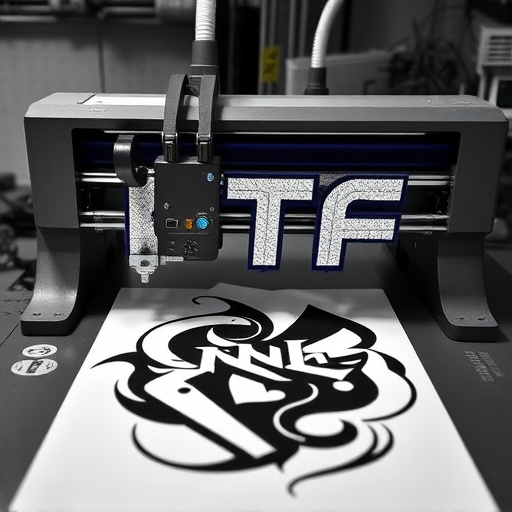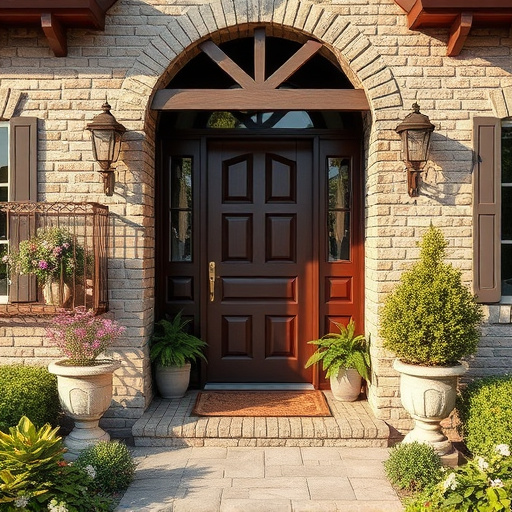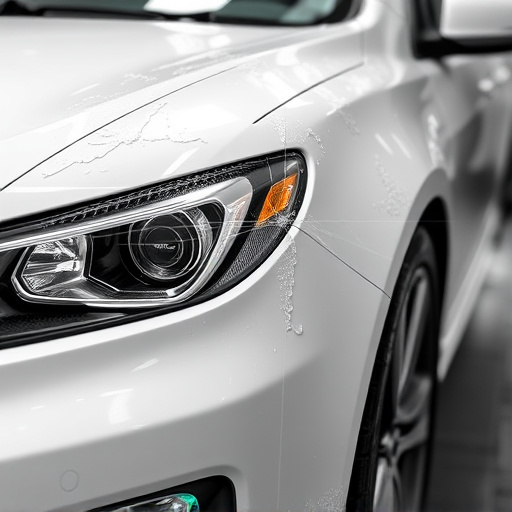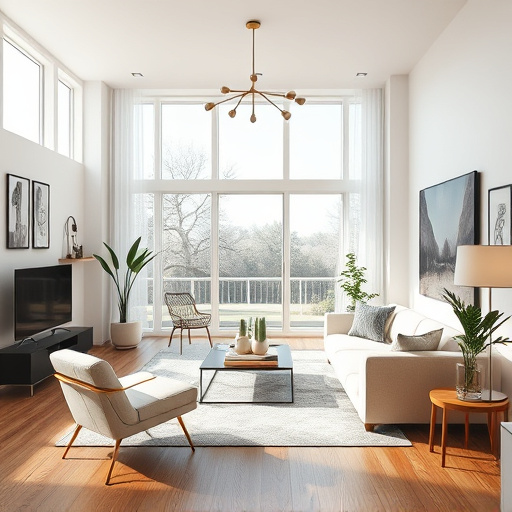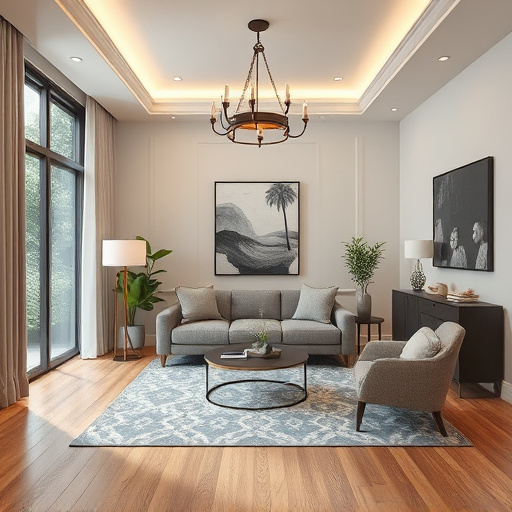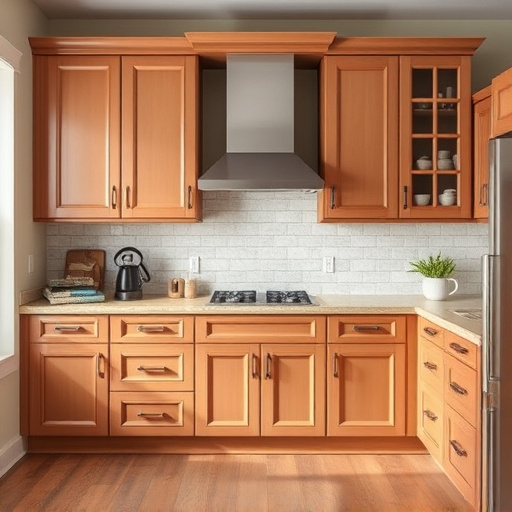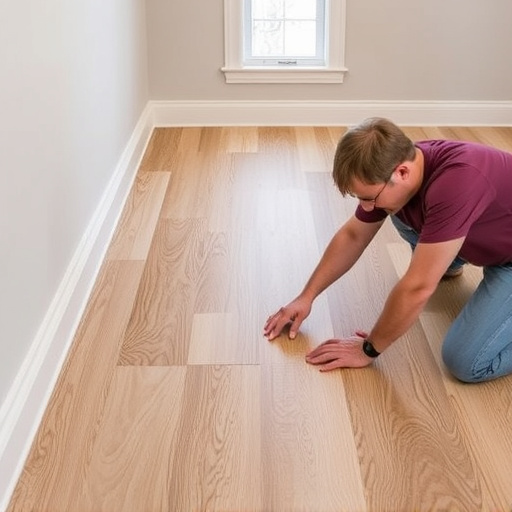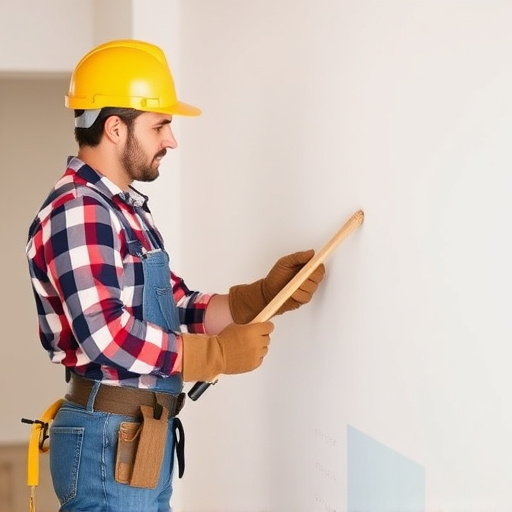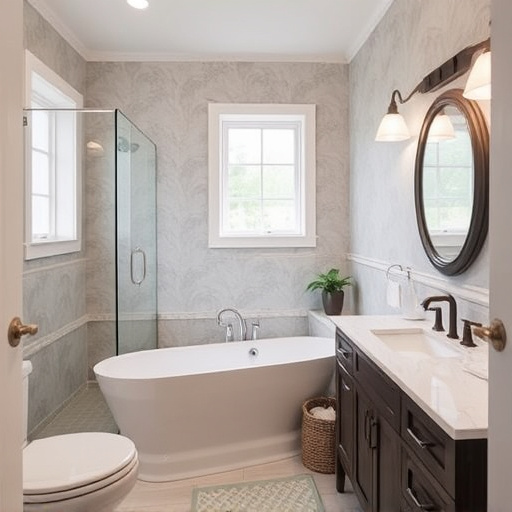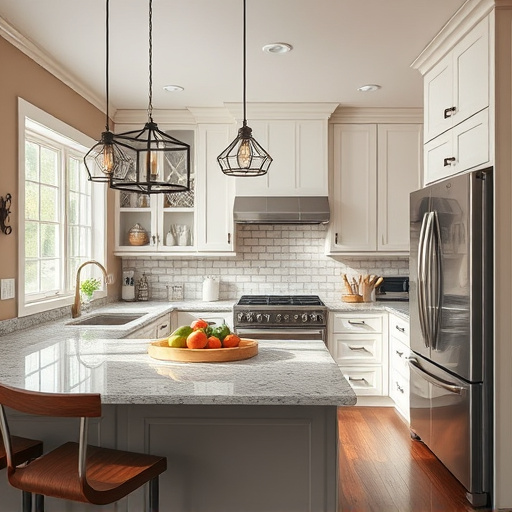For a seamless kitchen redesign, aligning new countertops with existing cabinets and backsplash is key. Choose materials or styles that complement cabinet tones—rich wood pairs well with deep quartz or granite, while lighter aesthetics balance with white marble or porcelain. Customized countertops express personal style and enhance functionality, creating a cohesive space for daily tasks. Consider color theory, material finishes, and textures to match existing elements, from cabinets to backsplash, for a balanced look. Neutral or contrasting colors can expand space or add depth, with neutral granite or quartz offering future renovation flexibility.
Enhance your kitchen’s aesthetics with a strategic countertop upgrade that complements cabinets and backsplash. This comprehensive guide delves into the art of creating cohesive design, addressing crucial aspects like color theory, material choices, and practical installation tips. Discover how to match or contrast countertops with existing elements, explore popular materials, and gain inspiration from successful case studies. Learn the secrets to achieving visual balance and harmony while ensuring a seamless upgrade process.
- Choosing a Countertop Upgrade That Compliments Your Cabinets and Backsplash
- – Understanding color theory and material choices
- – How to match or contrast with existing cabinets and backsplash
Choosing a Countertop Upgrade That Compliments Your Cabinets and Backsplash
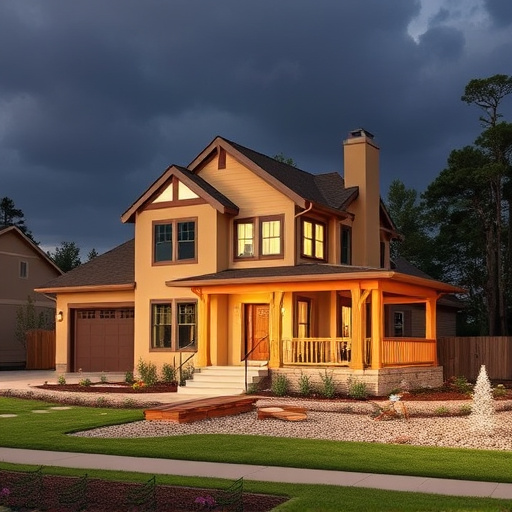
When upgrading your countertop, it’s essential to consider how it will complement your existing cabinets and backsplash. A seamless integration can elevate the overall look and feel of your kitchen, creating a harmonious space that feels both inviting and functional. Choose a material or style that mirrors the tone set by your cabinets—for example, if you have rich, dark wood cabinets, a similarly deep quartz or granite countertop can add depth and consistency. Similarly, when transitioning to a brighter, lighter aesthetic, opt for countertops with a cool, neutral tone like white marble or porcelain to balance the surrounding elements.
In the world of kitchen renovations, customized work is key to achieving an esthetic that truly resonates with your personal style. Whether you’re undertaking a multiple room remodel or focusing on specific areas, selecting a countertop upgrade that plays well with your existing features can make all the difference. This consideration extends beyond visual appeal; it also impacts functionality and maintenance. A countertop that pairs nicely with your backsplash and cabinets will create a cohesive workflow, making everyday tasks easier and more enjoyable.
– Understanding color theory and material choices
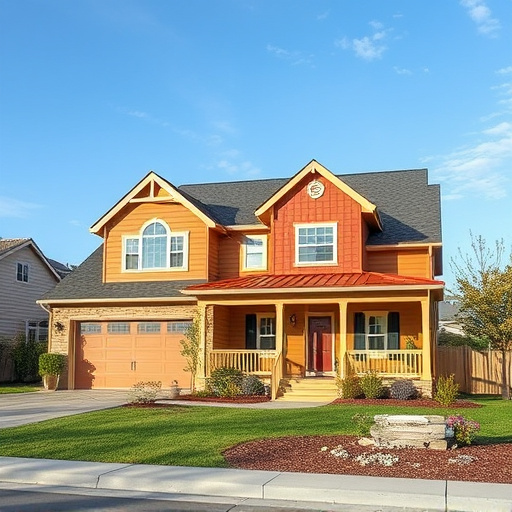
When upgrading your countertop, it’s crucial to consider the interplay between colors and materials with your existing cabinets and backsplash in both the kitchen and bath. Color theory plays a significant role in creating a cohesive look. For instance, complementing hues can make your space appear larger and more vibrant, while contrasting shades can add depth and drama. Neutral countertops, like granite or quartz, pair well with a variety of colors, offering versatility for future kitchen renovations.
Material choices are also essential. Smooth, polished surfaces reflect light, making spaces appear brighter and airier. Textured or matte finishes, on the other hand, can create a more intimate ambiance. When updating your countertops, think about how these characteristics will interact with your existing cabinet doors and drawer pulls, as well as your backsplash materials. Matching or at least complementing textures and finishes will ensure a seamless look, enhancing the overall aesthetic of your kitchen and bath renovations or even floor replacements.
– How to match or contrast with existing cabinets and backsplash
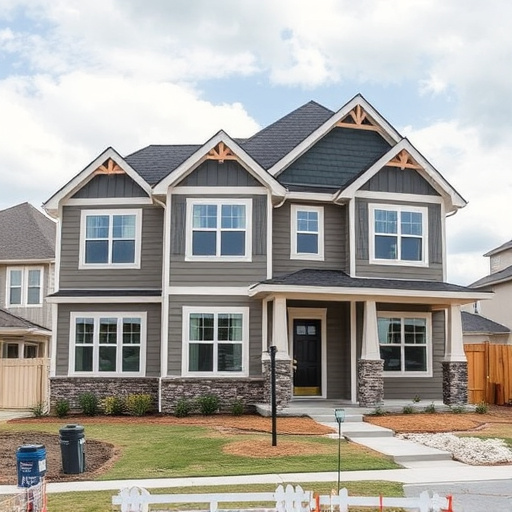
When considering a countertop upgrade, one of the key aspects to think about is how it will complement or contrast with your existing cabinets and backsplash. To achieve a harmonious look, focus on creating visual balance within your kitchen space. If your cabinets feature a neutral color palette, opt for countertops that echo these tones – a soft grey or creamy marble, for instance, can blend nicely without overpowering the room. Conversely, if you want to create a bold statement, choose a contrasting color; a vibrant red or rich dark wood can add contrast and energy to your kitchen, especially when paired with a simple backsplash.
For a seamless transition, consider matching materials. A granite countertop, for example, can be paired with granite-look cabinets and a granite backsplash to create a cohesive home transformations. Alternatively, if you’re exploring more dramatic changes, mix textures – smooth, polished countertops next to rustic wood-toned cabinets or tiled backsplashes – for a unique, eclectic aesthetic. Remember, the goal is to enhance your space, not overwhelm it, ensuring that every element contributes to the overall appeal and functionality of your residential renovations.
When upgrading your countertops, remember that it’s all about creating a harmonious design with your existing cabinets and backsplash. By understanding color theory and material choices, you can either complement or contrast these elements to create a visually appealing kitchen. A successful match will integrate your countertop upgrade seamlessly into the overall space, ensuring a cohesive and inviting atmosphere.

